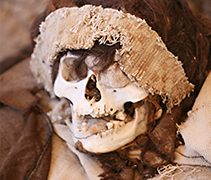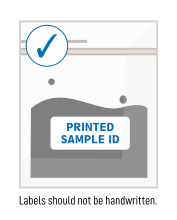
Costs for radiocarbon dating textiles vary depending on the AMS Service (Standard, Priority or Time Guide) and whether the samples need cellulose extraction, solvent extraction, or both. Please indicate in this form the paying institution’s billing details and number samples for analysis when requesting for a formal quotation.
 Fees are inclusive of quality assurance reports, calendar calibration when applicable, and 24/7 web access to past results and pending analyses.
Fees are inclusive of quality assurance reports, calendar calibration when applicable, and 24/7 web access to past results and pending analyses.
Pretreatment – It is important to understand the pretreatment applied to samples since they directly affect the final result. You are welcome to contact us to discuss the pretreatment or request that we contact you after the pretreatment (and prior to dating). Due to the high cost to the laboratory in time and resources, charges for solvent extraction and cellulose extraction pretreatments are incurred even if radiocarbon analyses are cancelled.
Most researchers with textile samples want to preserve them and send only as little of the textile as possible. Thus, the most appropriate radiocarbon dating technique for textiles is Accelerator Mass Spectrometry (AMS) dating due to the small sample size required by the method.
Textile samples that are well preserved, have a good structure, and have not been treated with any conservation materials will provide accurate results. Samples taken from textile applied with additives or preservatives will have a false radiocarbon age.
To make sure that the textile can be dated, please email to the lab a description of the textile or high-resolution photos for preliminary assessment.
Send 20-100 milligrams of textile for radiocarbon dating. This is approximately the same size as a postage stamp. This sample can be taken as a very thin strip or collected from a damaged area. If this sample size is not possible, our lab can work with less but may not be aggressive in removing contaminants during pretreatment.
The lab does not undertake the dating of textiles or other valuable or priceless items unless they are submitted and paid for by a recognized governmental agency, major museum, or other official agency that is investigating the materials as part of a multidisciplinary scholarly process.
You may submit your sample through a professional archaeologist, who will make an assessment if your sample is suitable for radiocarbon dating.
Page Last Updated: October 2022